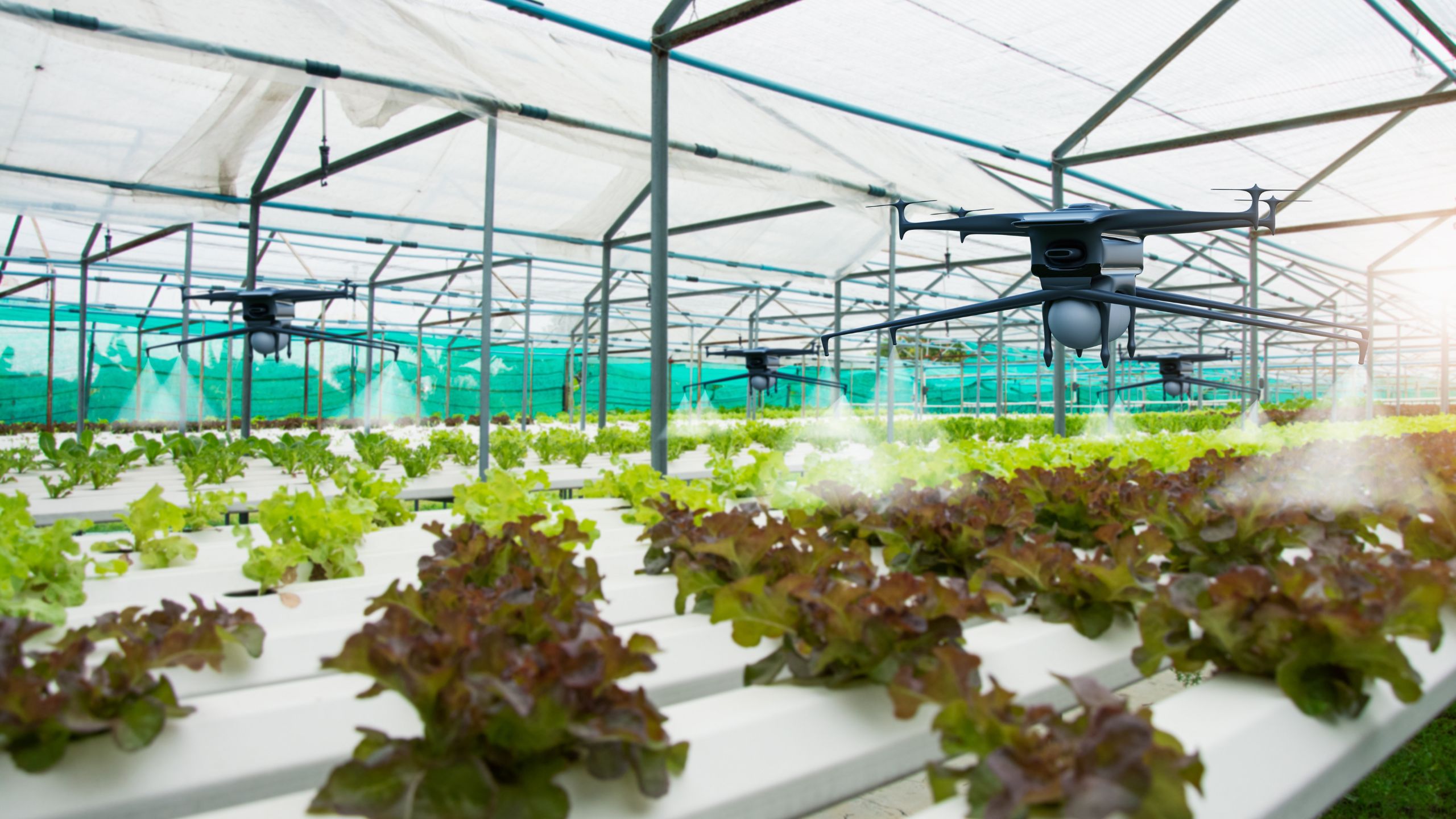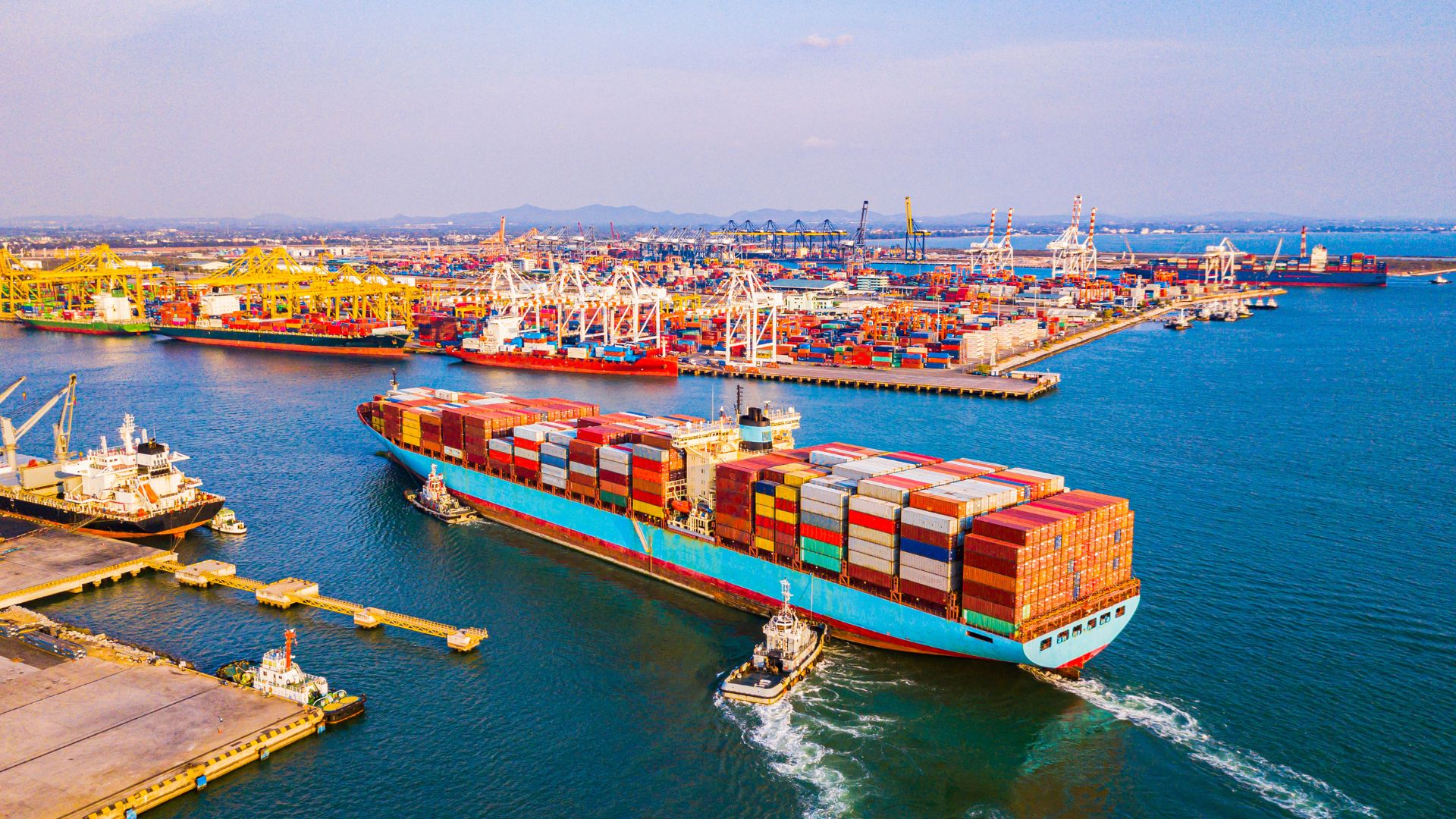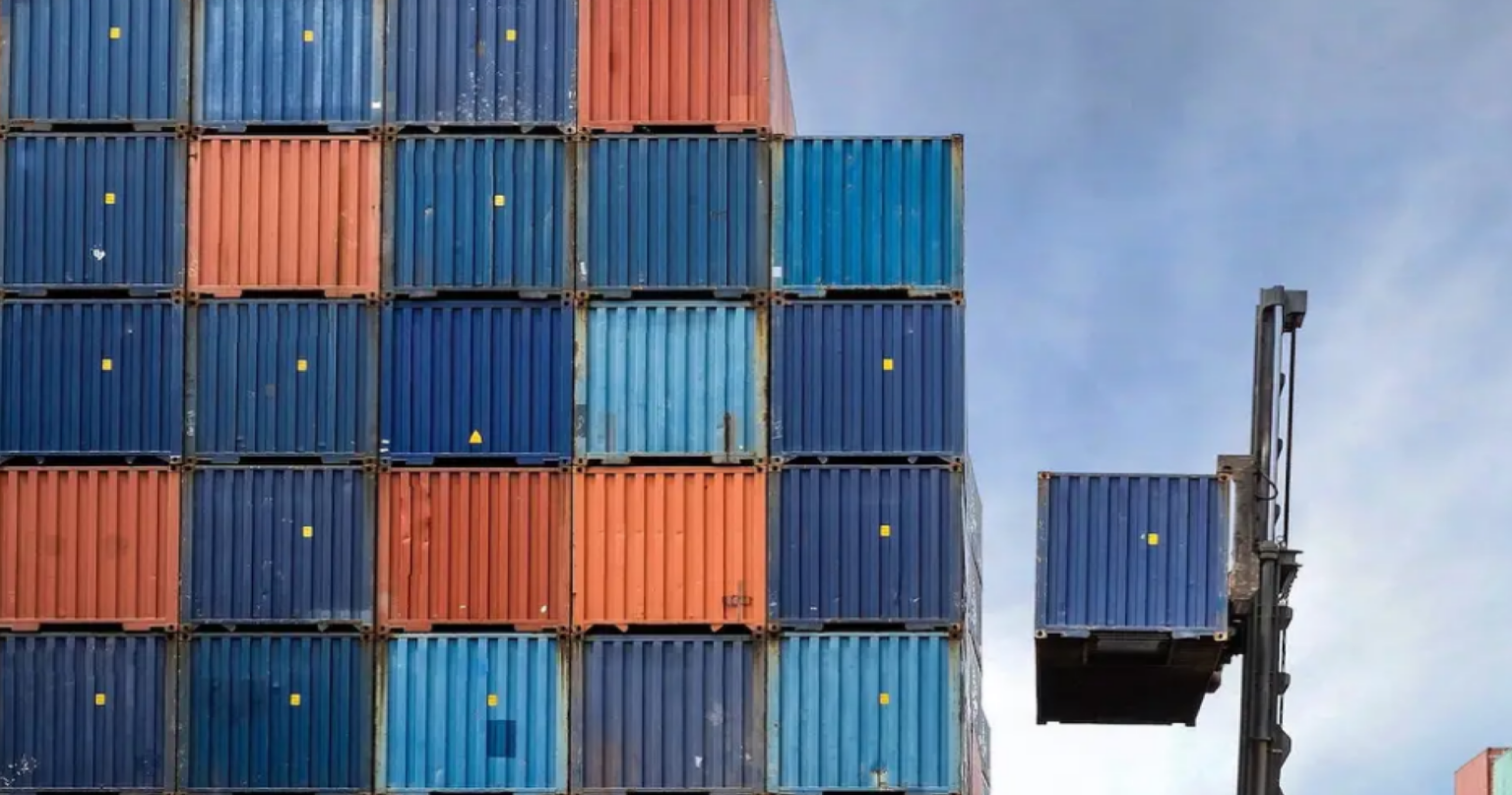The Increasing Importance of Traceability
In today’s global food supply chain, traceability is more than a documentation exercise—it’s a risk mitigation tool, a regulatory requirement, and a competitive differentiator. The FDA’s FSMA Rule 204 on Food Traceability and the SQF Food Safety Code both push facilities to strengthen their ability to track and trace products across the supply chain.
While their scopes and mechanisms differ, SQF and FSMA 204 share a unified goal: enabling rapid response to contamination events, recalls, and emerging threats. Together, they form a powerful framework for building traceability systems that are both regulator-ready and audit-resilient.
Understanding FSMA Rule 204
FSMA 204 mandates enhanced traceability for certain high-risk foods listed on the Food Traceability List (FTL). It requires facilities to:
- Capture and maintain Key Data Elements (KDEs) at Critical Tracking Events (CTEs), such as receiving, transformation, and shipping
- Use a traceability lot code to link ingredients and finished goods
- Share traceability records electronically within 24 hours upon request by the FDA
This rule is designed to shorten the time between contamination detection and public health response, minimizing the scope and impact of recalls. For manufacturers handling FTL products—including leafy greens, fresh-cut fruits, soft cheeses, and ready-to-eat deli salads—the operational demands of FSMA 204 are substantial.
How SQF Supports Traceability Compliance
The SQF Food Safety Code emphasizes traceability as a core element of risk management and product integrity. While it is not limited to high-risk foods, SQF requires:
- Documented traceability procedures covering all raw materials, packaging, and finished goods
- Lot tracking systems that link ingredients to end products
- Mock recall exercises to test the system’s speed and accuracy
- Supplier traceability documentation to ensure upstream visibility
- Corrective actions and traceability improvement plans when gaps are identified
SQF also requires that traceability be integrated into food safety plans, procurement controls, and internal audits—ensuring it is functional, not just theoretical.
Aligning SQF Traceability with FSMA 204
To align with both systems, facilities should:
- Map their supply chain against FSMA’s Critical Tracking Events to identify required data capture points
- Use uniform traceability lot codes that can be linked upstream and downstream
- Incorporate FSMA’s Key Data Elements into existing SQF documentation and traceability logs
- Ensure electronic systems can generate, store, and retrieve traceability records within the 24-hour FDA window
- Perform mock recalls that meet both SQF audit expectations and FSMA 204 response standards
Pro Tip: Even if your facility doesn’t handle FTL foods, applying FSMA 204-level traceability practices can reduce business risk, support customer requirements, and streamline your SQF certification process.
Real-World Value: Beyond Compliance
High-functioning traceability systems improve more than audit scores—they drive operational awareness and customer confidence. By tightening ingredient-to-finished product linkage, manufacturers can:
- Quickly isolate and remove affected products from distribution
- Minimize inventory loss during recalls by narrowing the recall scope
- Validate supplier performance with upstream trace records
- Respond faster to buyer and retailer traceability demands, especially in export markets
- Gain a competitive edge with retail partners that demand traceability transparency
Example: A facility supplying multiple retailers with a salad mix containing romaine lettuce used advanced traceability software to trace a suspected contaminant to a single supplier lot within minutes. This narrowed their recall from six days of production to just one—saving thousands in losses and preserving key customer relationships.
Technology’s Role in Modern Traceability
Paper-based systems are increasingly difficult to manage under the demands of both SQF and FSMA. Facilities should explore:
- ERP and WMS integrations for real-time data capture and linkage
- Barcode or QR code systems for automated lot tracking
- Cloud-based traceability platforms for rapid data retrieval and audit sharing
- Supplier portals to collect and verify upstream KDEs
Registrar Corp helps facilities implement practical traceability systems that align with both SQF and FDA requirements—tailored to your operational scale and complexity.
Final Takeaway: Traceability That Performs Under Pressure
FSMA 204 and SQF are converging around a shared truth: traceability systems must do more than satisfy paperwork—they must perform under pressure.
Facilities that align their SQF and FSMA 204 practices build greater transparency, faster recall capability, and stronger trust with regulators, auditors, and consumers alike.
See how Registrar Corp’s SQF Practitioner training sets you up for cross-functional success.








